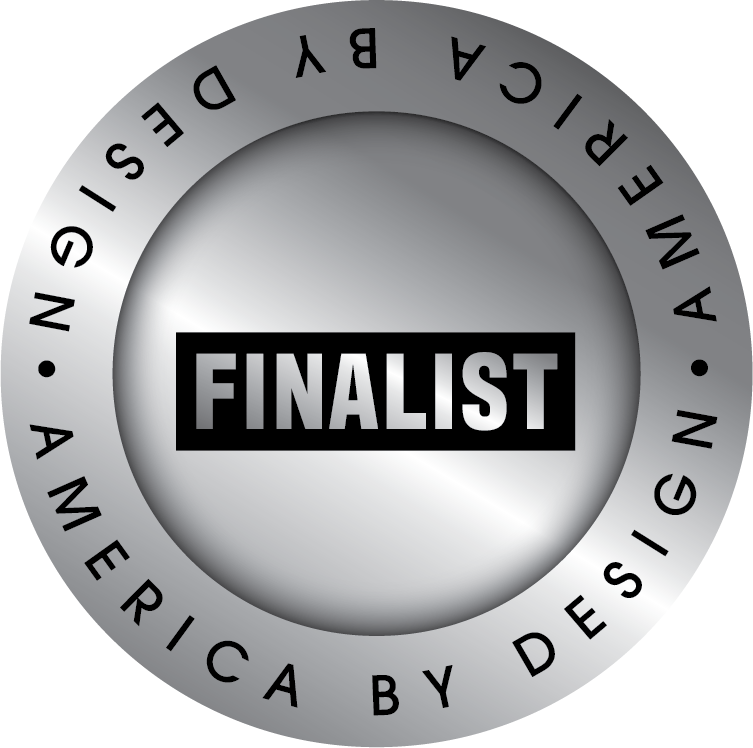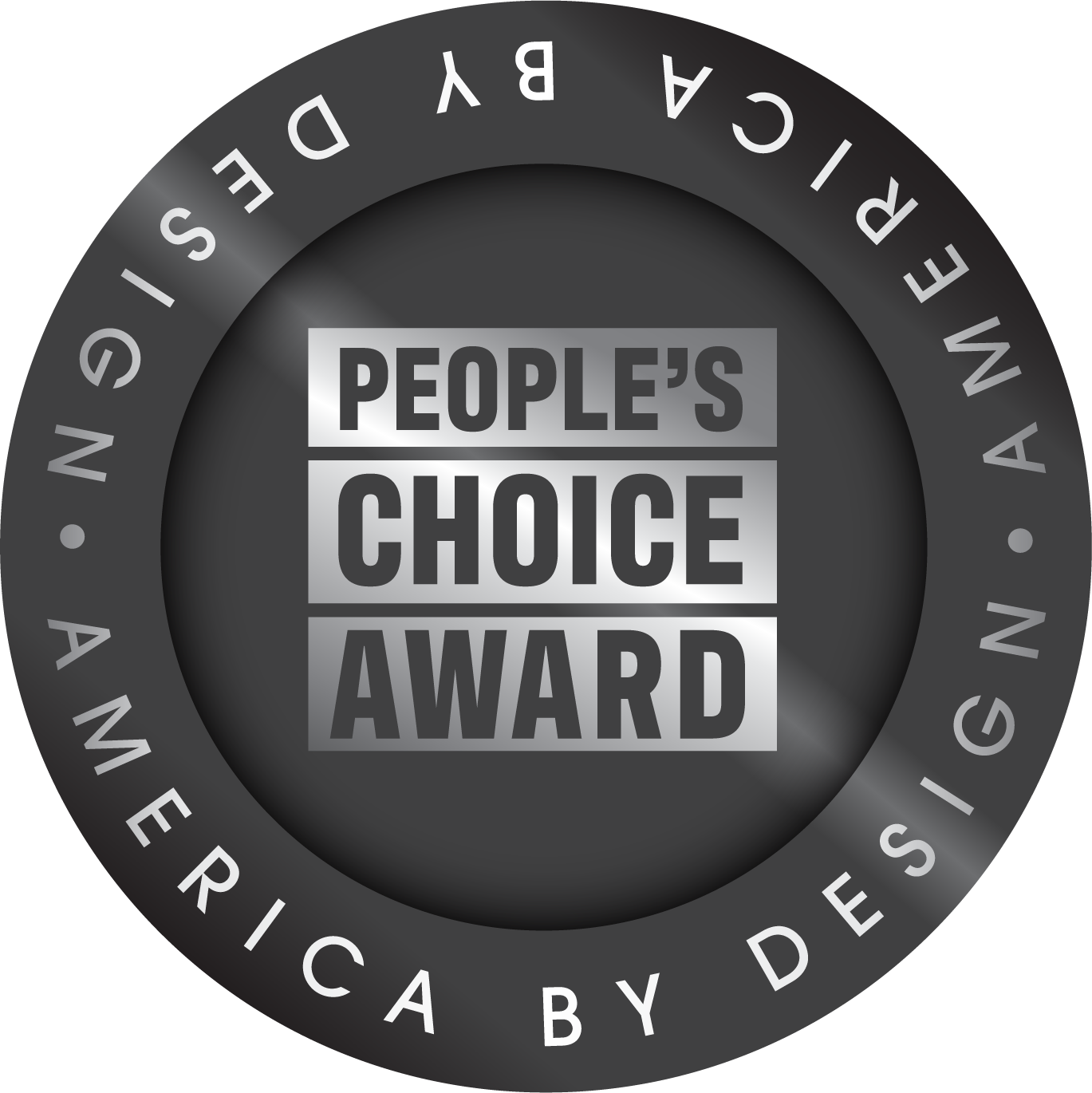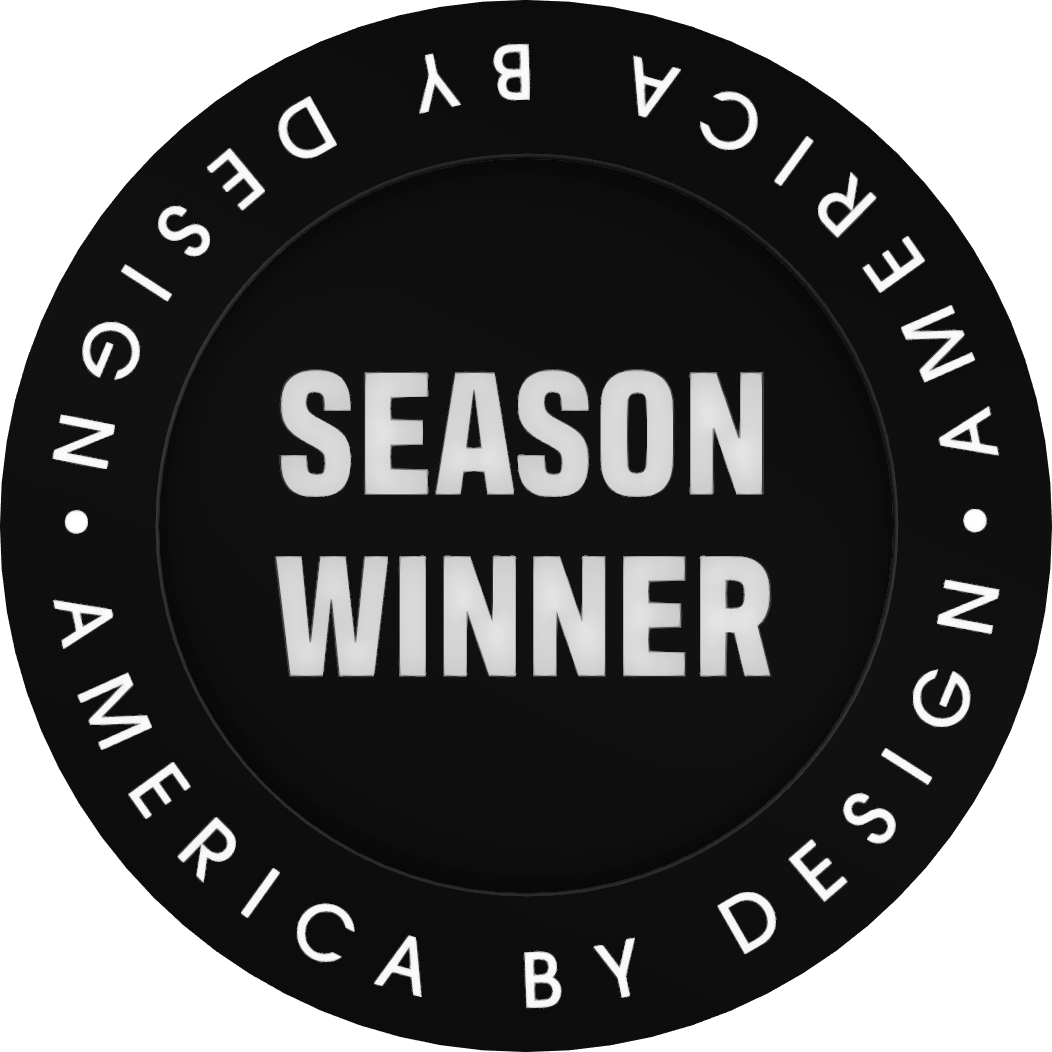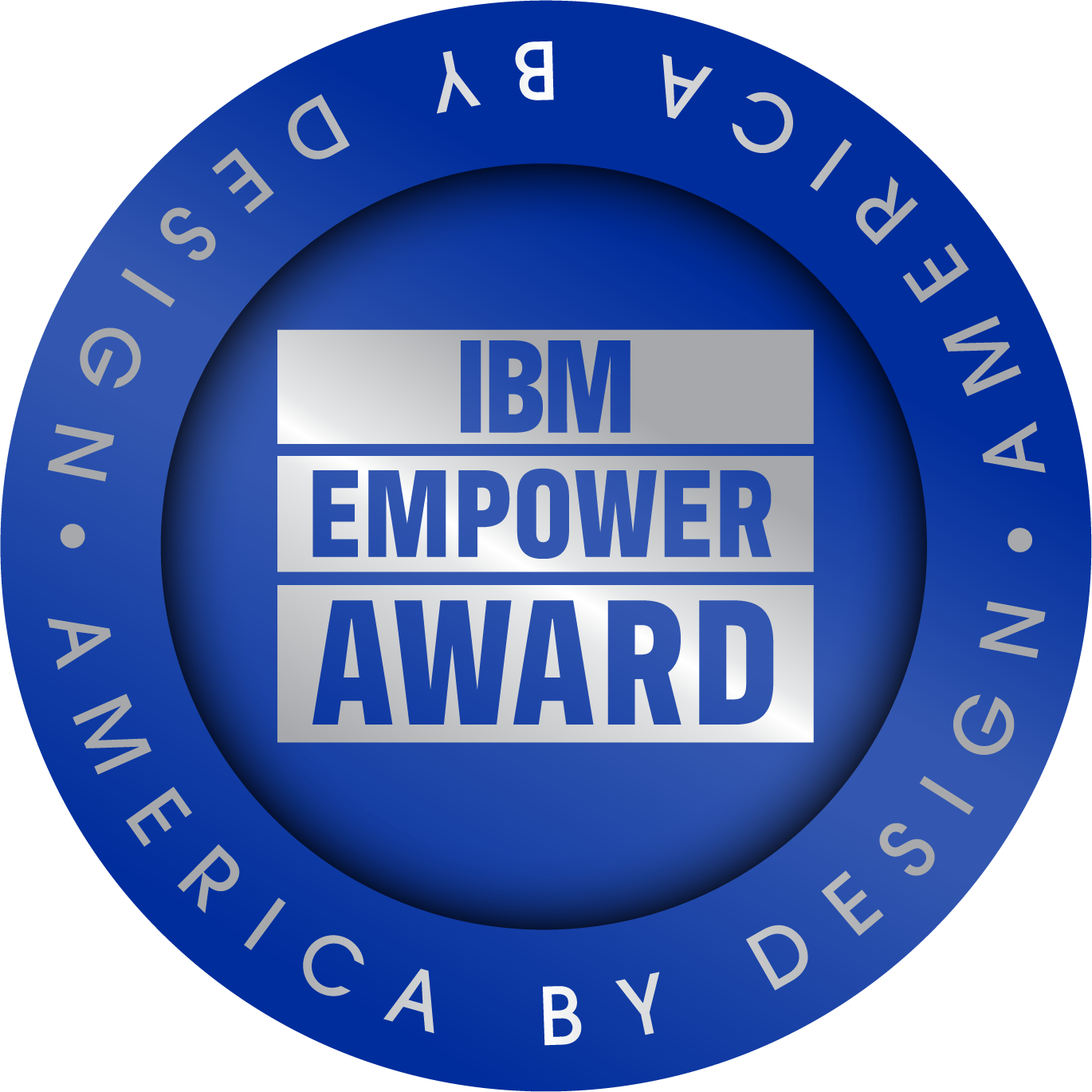The Original Timberland Boot






Fifty years ago, The Original Timberland® Boot was born – a design that cemented the tree logo as a hallmark of innovation, durability, craftsmanship, and purpose.
In the decades that followed the boot took on a life of its own, adopted by cultures across the globe, getting sh*t done, and spawning a host of new innovations.
The Original Timberland® Boot is traced back to 1973, when Boston-based Abington Shoe Company revolutionized the footwear industry by using injection moulding technology and silicone-infused nubuck leathers to create truly waterproof leather work boots. The idea was the brainchild of Russian immigrant and veteran shoemaker Nathan Swartz, who had acquired Abington Shoe Company in 1955, and his son Sidney.
This revolutionary “yellow boot” set new standards for waterproof performance – unheard of for a leather boot – and was branded with the tree logo – also unheard of for the times. People thought Sidney was crazy: “You’ll ruin the leather. People won’t want to buy it.” On the contrary, the boot became so popular that they changed the name of the company to Timberland in 1978.
Form and function are inextricably linked, with signature details including premium, butter-soft leathers, four-rows of stitching, rust-resistant brass hardware, translucent honey lug outsole, and of course, the iconic wheat color.
Over time, the boot’s adoption by cultures and communities worldwide made a lasting impact. From Milan, where in the late 1980s the Paninaros traded their parents’ stiff tailoring for a laid-back Americana look, to the UK where the boots took off amongst ‘90s ravers as a cool and sensible footwear option. But Timberland’s deepest and most enduring connection has been with hip-hop culture, which began in the early ‘90s and is largely credited with making Timberland the brand it is today.
The Original Timberland® Boot has inspired numerous evolutions and innovations for the brand. In 1978, the Swartz family had the vision to attach the yellow boot’s beefy lug outsole to a premium handsewn leather boat shoe upper. This not only marked the inception of the “rugged casual” footwear category, it also kept factories busy in the spring. 2018 saw the introduction of CONSTRUCT:10061, which brought together innovators and creators to stretch the boundaries of boot making. Every year brings a new theme, with 2022 focused on sustainability and leading to a virtual design project taking place entirely in Fortnite. In 2021 the brand debuted GreenStride™ comfort innovation, featuring midsoles made from at least 65% USDA Bio-based Certified materials (sugar cane, rubber).
As part of the 50th, Timberland partnered with six future makers from various creative disciplines to reimagine the icon through their own lens of bold innovation, catalyzing the boot into the future. One of these Future 73 projects yielded the Timberland® x Edison Chen Future73 Timberloop™ 6-Inch Boot, which brought the brand’s Timberloop™ circular design approach to the 6-Inch Boot for the first time ever. Other creative collaborators included Samuel Ross, Humberto Leon, Nina Chanel Abney, Suzanne Oude Hengel, and Christopher Raeburn.
With a 50-year history of craftsmanship, innovation, and cultural connectivity, Timberland has earned the position as the arbiter of global boot culture. Now, the brand sets its sights on the next 50 years, focused on continued innovation, and calling on communities worldwide to help shape the Timberland of the future.







